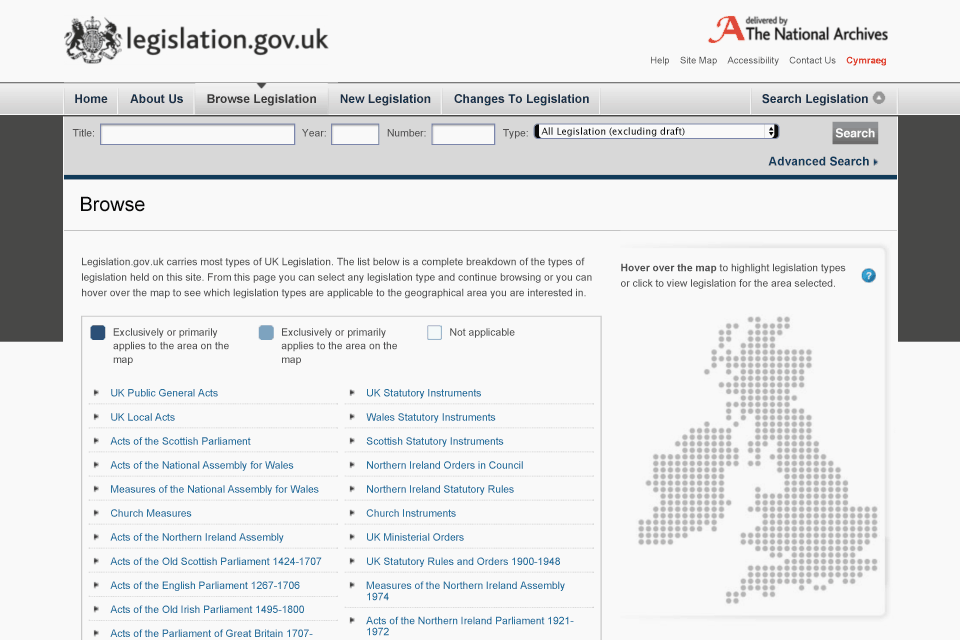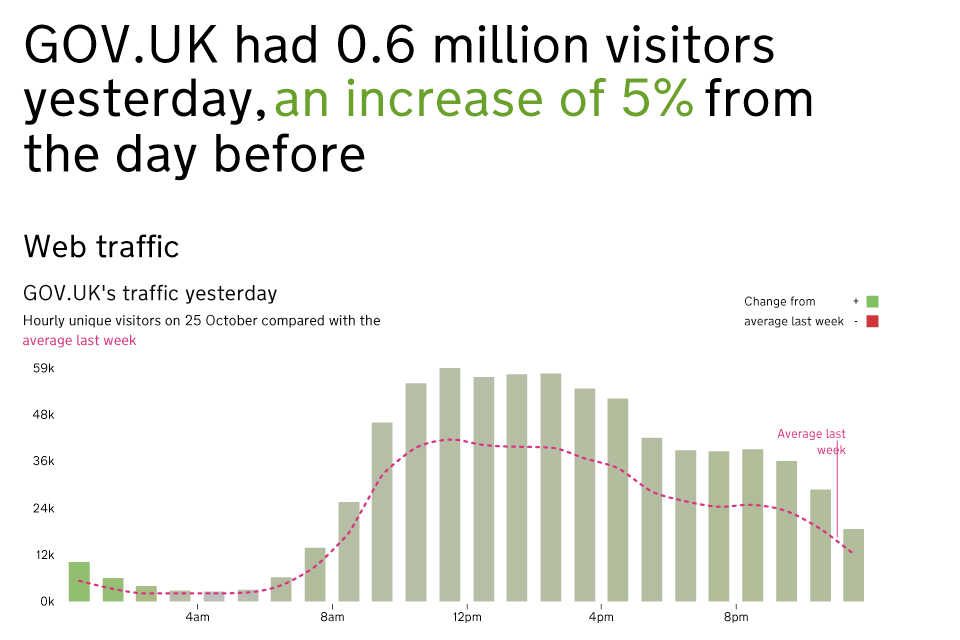Action 13 case study: management information
Published 24 March 2014
Providing performance and delivery data at GDS
Richard Sargeant talks about how his team have helped to define performance information
Richard Sargeant talks about how his team have helped to define performance information at the Government Digital Service
There’s no point making decisions without enough hard evidence. But that’s what has been happening too often in the past, says the Government Digital Service lead on performance and delivery, Richard Sargeant.
Richard’s job is all about shining the light of meaningful data on government decision-making. Better informed decision-makers end up making better decisions. His aim is to find ways to keep those people supplied with the right information, updated at the right intervals, and presented in the right way. He says:
Government is the world’s most complicated business. In the private sector, companies like Amazon or Twitter would go bust if they didn’t focus on the needs of their customers. It’s no less important for the government to be just as responsive to our users’ needs.
A lot of the information now being collected is about performance. How well is a particular government service doing at the moment? How has its performance improved since the service was last updated by the technical team?

Screenshot of Legislation.gov.uk
“You wouldn’t buy a car without a dashboard,” he says. The instruments on a car’s dashboard tell the driver about progress or potential problems. The same thing applies when civil servants are making decisions about services that millions of people might use.
Data is fundamental to making good decisions, but it doesn’t have a reputation for fireside reading.
His team hired specialist designers to turn hard-to-absorb raw data into something meaningful.
Too often, data is given to people in enormous quantities, and it’s much more useful to tease out from it the things that are essential, the things that are interesting.
The result was a series of design prototypes that were both “useful to people and beautiful to look at.”
Time is short for decision-makers. Presenting data this way helps them focus on the information that matters, so they can do their job better.

GOV.UK traffic graph.
The team is also working on ways to automate and standardise the data gathering process. Rather than asking analysts to manually enter their data records into circulated spreadsheets, the aim is to get online services to collate it automatically, saving a great deal of time and effort.
Richard is candid about the driving force behind his work: it’s about putting the data in the hands of the people who will use it, in the most helpful and beautiful way possible.
Richard Sargeant is Deputy Director for Performance and Delivery at the Government Digital Service.
Read Richard’s posts on the GDS blog.
